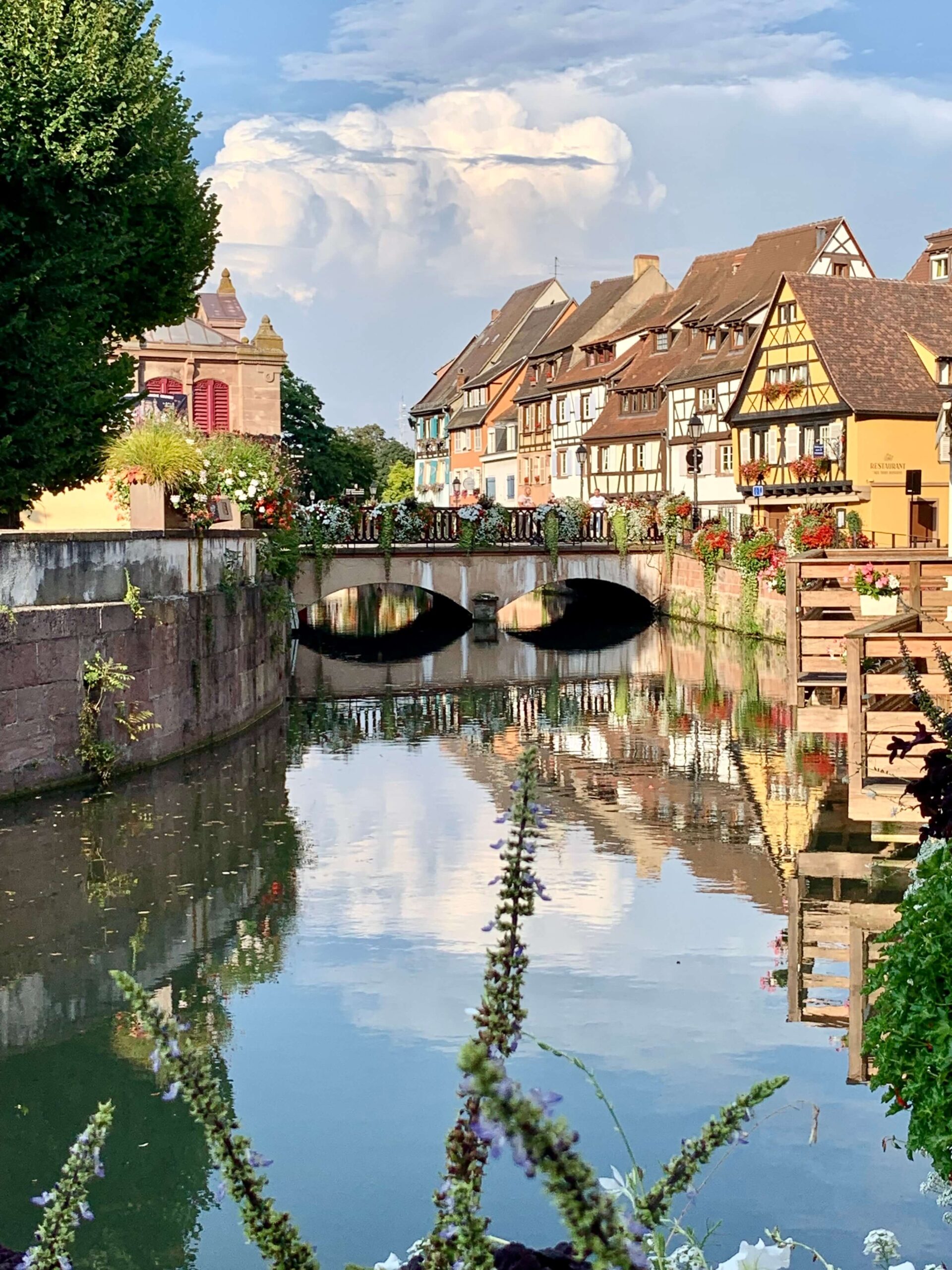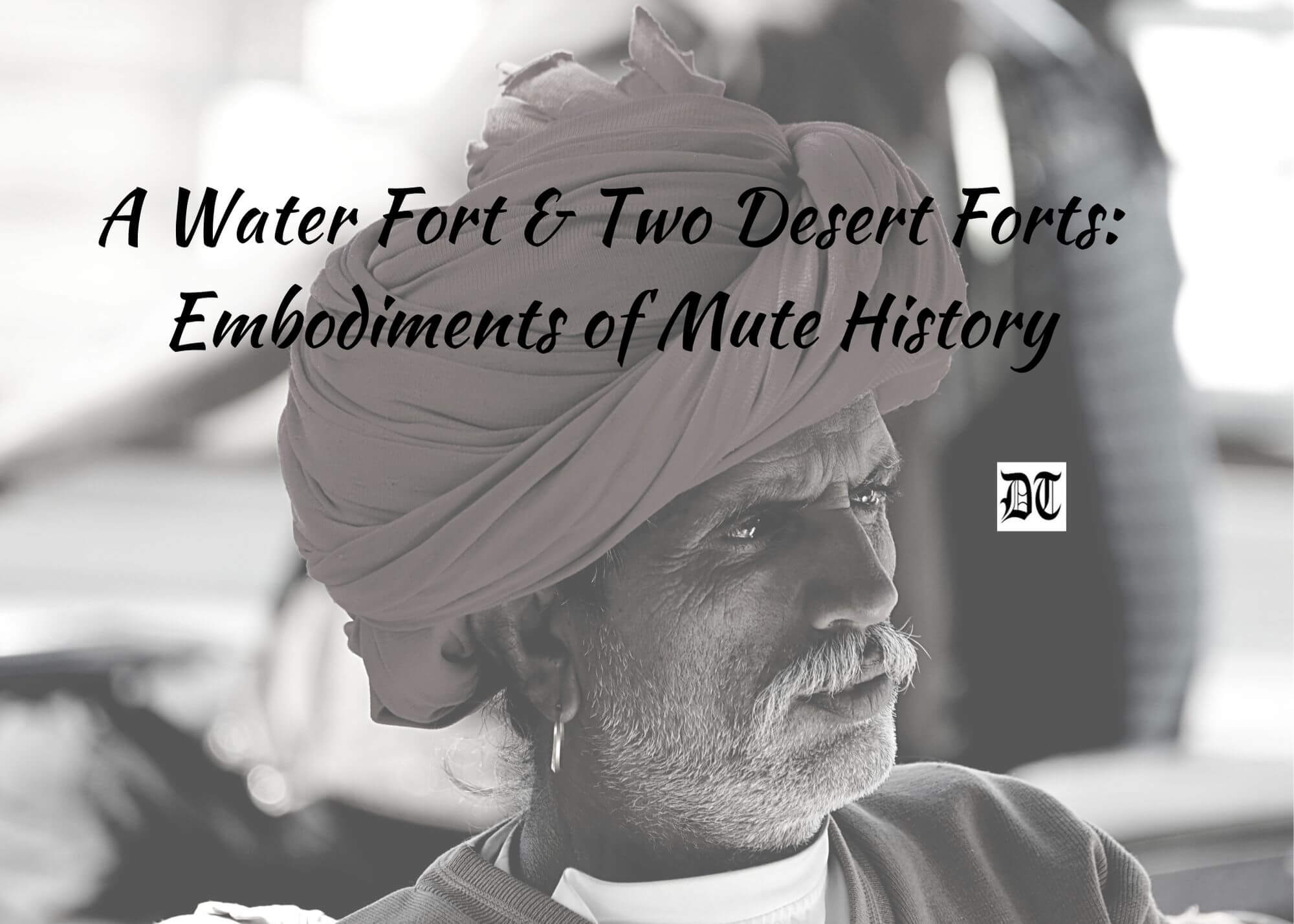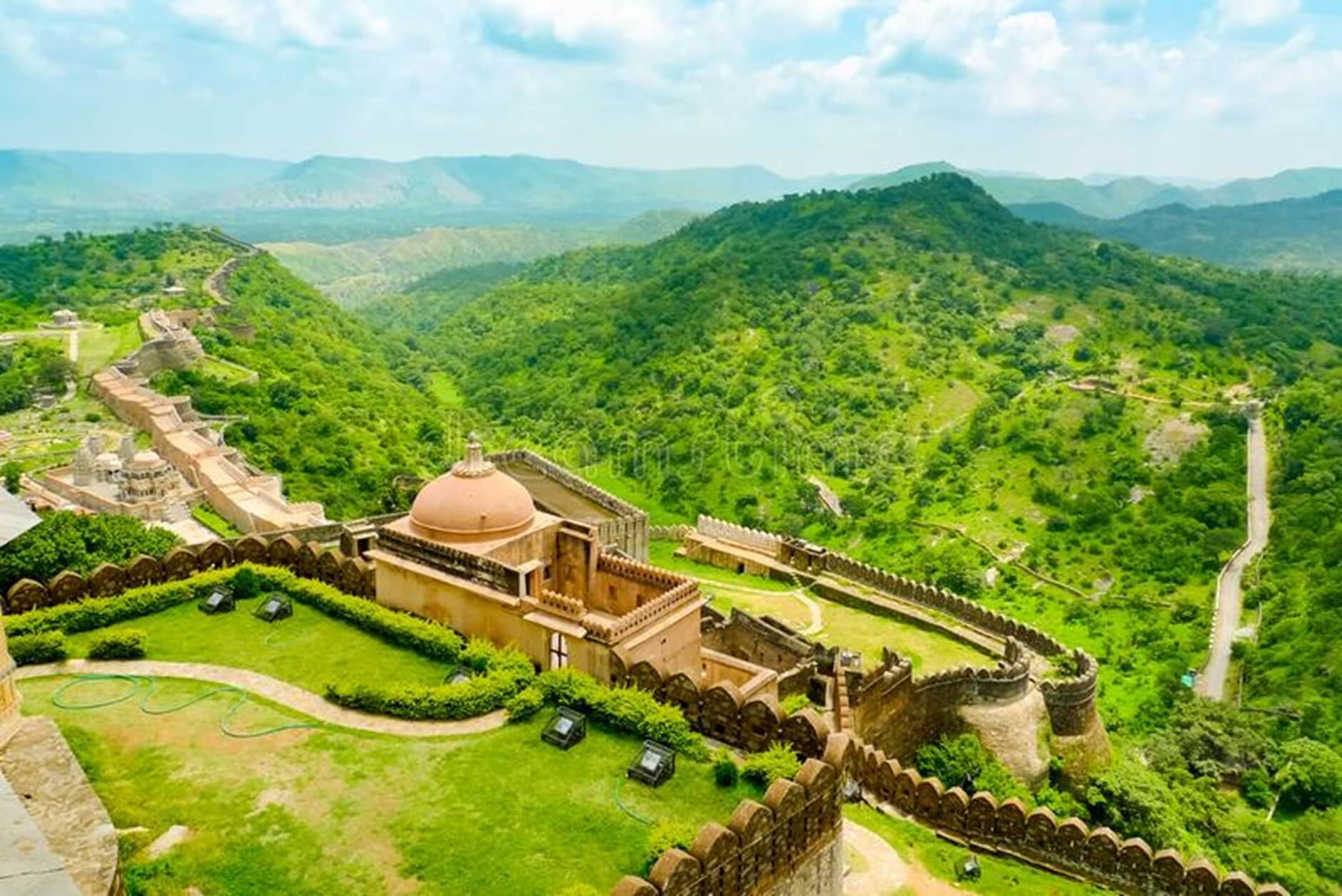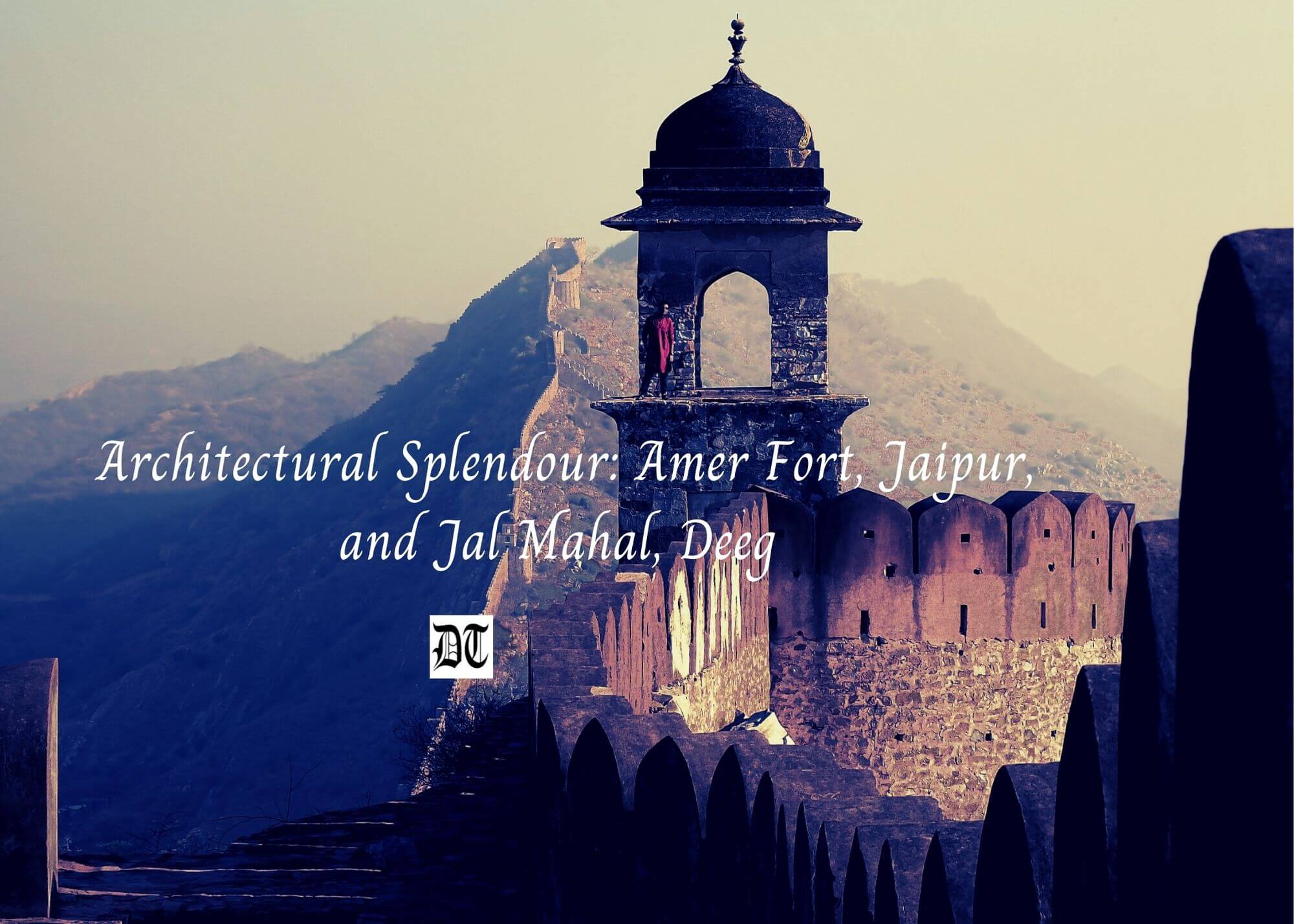Mindtree Kalinga is a 20-acre sustainable campus. The master plan is energised by the interlock between two major spatial sequences, the ‘Path of Life’ and the ‘Social Circle’. While the path of life sequence runs in the east-west direction and connects the two major elements of the site’s context: the hill and sunrise to the east, and the reserve forest and sunset to the west. The social circle is a pedestrian movement loop from which all the buildings are entered. It interlocks with the path of life, as it moves adjacent to the reception pavilion and the water body, and also contains the piazza and park within it. Amit, a Bangalore-based senior architect, shall write every alternate week. He tells us about the design concepts of the architectural marvel, in the regular column, exclusively for Different Truths.
Mindtree Kalinga is a 20-acre sustainable campus designed by CnT Architects for Mindtree Ltd, an IT company that has become their global learning center. It has also become a must visit place for people looking for inspiration on great architecture, which is also highly sustainable.
Let me straight away attempt to take you through the design of the campus and the facilities/buildings it houses.
The master plan is energised by the interlock between two major spatial sequences:
- The Path of Life:
- This sequence runs in the east-west direction, and connects the two major elements of the site’s context: The hill and sunrise to the east, and the reserve forest and sunset to the west.
- The Social Circle:
- This is a pedestrian movement loop from which all the buildings are entered. It interlocks with the Path of Life, as it moves adjacent to the reception pavilion and the water body, and also contains the piazza and park within it.
Each of the built components of the project has been envisaged with a specific theme within the overall concept:
1. Academic Block: The Community of Learners
This component is modeled on the ancient precedent of Nalanda University, where learning cells are clustered around a central landscape. This is where the learners gather and exchange ideas. Similarly here, the classroom clusters group along a central landscaped spine that forms the heart of the “community of learners”. The spine begins near the lounge pavilion, which is also the point where the pathway from the transit accommodation terminates. From here, one has a choice of two paths. One may enter the main spine of the learning centre, which moves past a central courtyard to terminate at a garden from which one has view of the hill. Or might can take the steps down to a cafeteria plaza. Each classroom cluster also has an outdoor spill out, either on to a verandah on the external face, with the ground floor classrooms also having secured garden spaces on the internal face.
2. Transit Accommodation: The Convivial Society
Five transit accommodation blocks are connected by a central spine. At each floor of the blocks are four clusters of rooms around the central atrium. Each cluster has four twin sharing rooms with a living/collaborative space. The transit accommodation is arranged along a social and cultural spine, which runs from the main reception and terminates at a recreational hub (which has facilities like music room, gym, indoor games etc.). This spine links amenities such as courtyards, retail kiosks, cafés, libraries and recreation facilities. This mix of activities at the ground plane ensures that the spaces along the spine remain in constant use and create lively public spaces.
Sustainable approach
One-acre Pond
Even before the start of construction of building a pond was created at the lowest point of the site spread over an acre of land. Surface drainage of the site is diverted to the lake and passes through siltation tanks before getting into the lake. Water from the pond was used for the construction purpose during the construction and now it is filtered and used for domestic usage. Roof rainwater is directly stored in underground tanks and used for the domestic purpose during rainy months (June-October), while lake water is used water during non-rainy months (December- February). The Campus is self-sustainable in water at least for eight months of the year.
One Million Magic Bricks
When earth excavated from the site (from the lake and footing excavation) was tested it was realised, the soil was so good that compressed earth block could be made out of it by just adding 5% of cement. Strength attained by the block after 28 days of curing was twice the strength of a brick or concrete block. But the manual production of such a large quantity was just impossible. After much research. a new mold was developed, which could work with the automatic fly ash brick making machine. This solved the problem of production and by this, in a day about 4500 compressed soil bricks could be made. All the masonry walls of the project including some of the retaining walls are constructed using this block.
Passive ventilation and low Energy Cooling in Transit Accommodation
Passive cooling system was designed to deal with hot and humid climate of Bhubaneswar. There are vertical duct running from roof to ground floor through each of the rooms. Cold and de-humidified air is pushed through this duct from the roof into rooms. Further, the air gets exhausted into living room and then into atrium. At the top of atrium we have an exhaust chimney, which get heated with sunlight, and pulls the relatively cold air.
Native Landscape
Campus landscape is enriched with native plants selected after extensive research by the landscape architects. A dedicated mini forest of Sal trees was created along the promenade between the reception and lounge pavilion. A lot of medicinal and fruit bearing trees are also planted to make the landscape more useful and experiential.
It’s a sustainable campus designed and built, not just to provide physical infrastructure but also to provide an emotional infrastructure.
About the architects: CnT Architects (earlier known as Chandavarkar & Thacker Architects Pvt Ltd.) traces its roots back to being Bangalore’s first architectural firm with its practice founded by the late Mr. Narayan Chandavarkar, in 1947. It was reorganised under Chandavarkar & Thacker Architects Pvt. Ltd., in 1963, by Mrs. Tara Chandavarkar and the late Mr. Pesi Thacker. The firm is currently run by Prem Chandavarkar, Mehul Patel and Vikram Desai.
Through its various generations, CnT has retained a value system that focuses on high-quality design, ethical practice and a working philosophy based on courtesy consideration and collaboration.
©Amit Rastogi
Photos sourced by the author.
#ArchitecureAndDesign #Architect #Architecture #FloorPlan #Drawing #Bangalore #Bhuvaneswar





